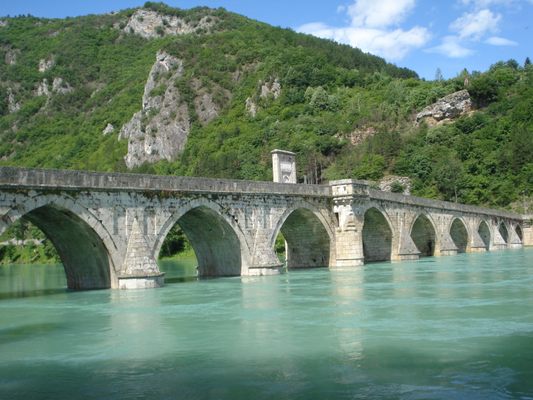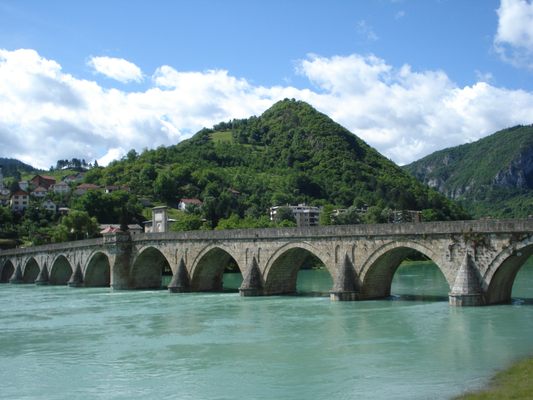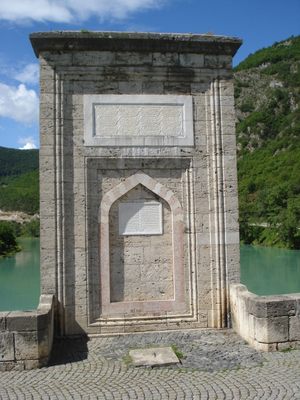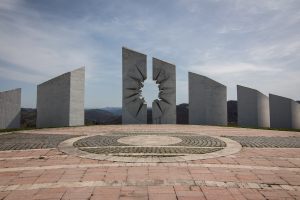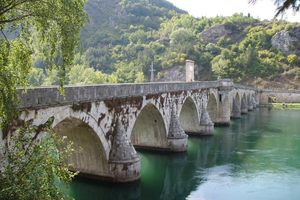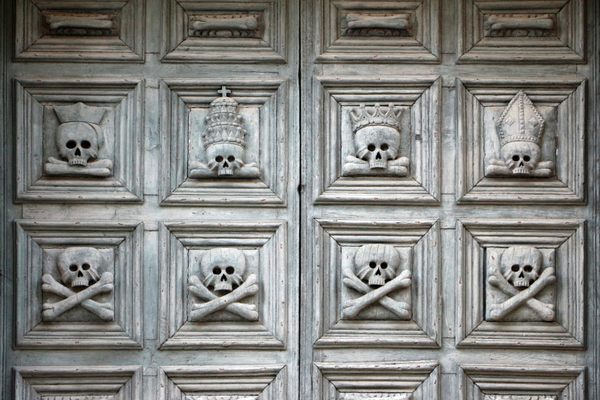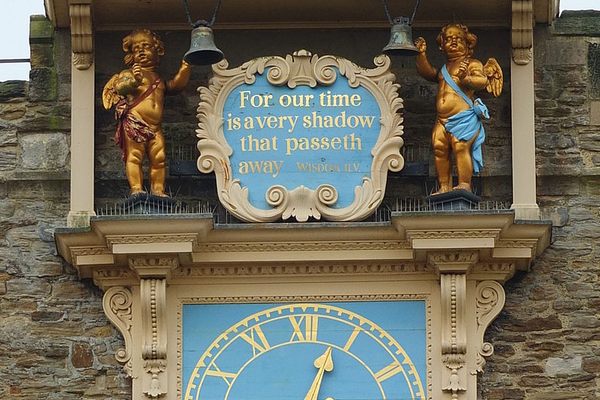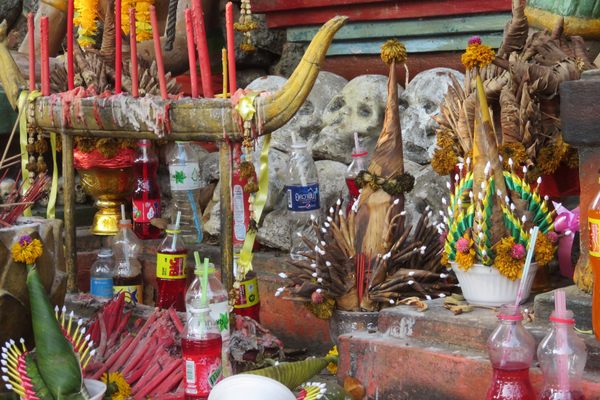About
The Mehmed Pasha Sokolovic Bridge that spans the Drina River in the east of Bosnia and Herzegovina has a long and morbid history. Built at the end of the 16th century by the well-known court architect Mimar Koca Sinan, the bridge is a triumph of Ottoman monumental architecture and civil engineering. With its 11 masonry arches spanning 179 meters, the bridge is celebrated as a perfect example of proportion.
Today, people are once again talking about the beauty of the bridge and its significance as a piece of architecture. But in the early 1990s, the bridge, included on UNESCO's World Heritage list in 2007, was known as the site of a large number of brutal killings during the Višegrad massacre. At that time, there were so many bodies floating down the river from the bridge that they clogged a hydroelectric dam in Serbia.
Milan Lukic—convicted of murder, extermination, persecution, cruel treatment, and inhumane acts against his Bosniak neighbors by a trial chamber in 2009—was largely responsible for the killings. Lukic used the surrounding area as headquarters for his rape camp, turning nearby fields, factories and, of course, the bridge into sites of abduction and massacre.
While the connection to Lukic has drawn many to the bridge, it is perhaps most famous for its role in Nobel Prize-winning author Ivo Andric's book The Bridge on the Drina.
Recently declared in danger of collapse because of fluctuations in the river level, the Mehmed Pasha Sokolovic Bridge is closed to traffic.
Related Tags
Know Before You Go
The location of the bridge is a way off from the real one. Please update the map to show the sight in Visegrad, also in Bosnia.
Community Contributors
Added By
Published
August 5, 2010
Sources
- The Daily Seyahatname: The Mehmed Pasha Sokolovic Bridge: http://bloggingbalkanistan.wordpress.com/2010/07/10/the-mehmed-pasha-sokolovic-bridge/
- UNESCO World Heritage: Mehmed Pasa Sokolovic Bridge in Visegrad: http://whc.unesco.org/en/list/1260
- ArchNet Digital Library: Mehmed Pasha Sokolovic Bridge: http://archnet.org/library/sites/one-site.jsp?site_id=9242
- Wikipedia: Medhmed Pasa Sokolovic Bridge: http://en.wikipedia.org/wiki/Mehmed_Pa%C5%A1a_Sokolovi%C4%87_Bridge






